How to plant and care for an action outdoors
Deytsia belongs to the hydrangea family - evergreen, woody, deciduous perennials. The family includes about 50 plant species that are naturally found in eastern Asia, the Himalayas and Mexico. The popularity of the plant has earned its long and beautiful flowering. But in order for the action to please the eye, the rules of planting and care should be carefully followed, since the perennial is sensitive to growing conditions.
Description
Deytsia is an erect or spreading shrub from forty centimeters to four meters high. Before budding, the bush is very similar to honeysuckle. Flowers appear on the shoots of the last year, collected in apical, racemose inflorescences, can be white or pink. Action is long-liver: it has been developing for 25 years.
Types and varieties
On the territory of the central zone of the Russian Federation, the following types of action are most often found:
- Small-flowered (Amur) - is a sprawling bush that grows up to two meters in height, with white, small flowers without a scent. Budding begins in June and lasts a maximum of twenty days.
- Gorgeous (lush) - grows up to one and a half meters in height, the bush has a wide, rapidly growing crown. The flowers are large, bright white, gathered in umbrellas. In the Moscow region, the action of this species blooms in the last decade of June or at the beginning of July. The most widespread cultivars are Formoza, Erecta and Superba.
- Action Lemoine (hybrid) - a plant with a wide rounded crown, grows up to 160 centimeters in height. Flowers appear in May (in the suburbs a little later), they are up to two centimeters in diameter, white, collected in erect inflorescences-panicles. Popular varieties among gardeners: Strawberry Fields, Pink Pom, Mount Rose and Boule de Neige.
- Rough (star-shaped). A peculiarity of the species is covered with hairs, rough leaves. The older the bush, the more spreading its crown, in central Russia it reaches one and a half meters in height. It blooms with pink or white small flowers, up to one and a half centimeters in diameter, with pointed oblong petals. Inflorescence is a narrow, elongated panicle. Most often, two varieties of rough action are grown in gardens: Roseo-plena and Plena.
Reproduction
There are several ways to multiply the action:
- Seeds. Not the best and most popular known method. If you need to propagate a hybrid variety, then it will not work at all, since the daughter plant will not inherit the characteristics of the mother. To use the method, you will need to collect ripe seeds and sow in March. No pre-treatment is needed, there is no need to deepen the seed during planting, just sprinkle it with sand. After sowing, cover the container with polyethylene and periodically moisten the substrate until shoots appear in a month and a half. Young sprouts should be immediately transplanted into heated open ground.
- Cuttings. The best way to breed action. Cut a stalk from a thick branch in June; it should have at least three buds. Treat the stalk with a rooting stimulant and plant in a large container at a slight incline to a half centimeter depth. Cover the container with polyethylene, thus creating a greenhouse. Transplant the plant outdoors in the spring.
- Layers. Bend the strongest lower shoots of the plant to the surface of the ground, remove the bark in the place of contact with it and sprinkle it with soil. After rooting, plant from the mother bush.
- By dividing the bush.Strongly overgrown actions can be dug up and divided into parts. At the same time, it is important to ensure that each of the parts has healthy roots.
Important! Plant the parts immediately after dividing, the roots should not be allowed to dry.
Landing
Most often, action is propagated by cuttings approximately 8.5 cm long. Before planting in open ground, shoots or seedlings must first be placed in sandy peat or sand for several days, and then transferred to a container with soil mixture in a greenhouse. Plants should be planted in open ground (in a permanent place) only after two years.
The optimal time for planting is spring days, when the ground has already thawed, but the buds on the trees have not yet blossomed. Seedlings with a closed root system are allowed to plant until June, while it is important to choose a site with the most suitable conditions.
Requirements for the site where it is planned to settle the action:
- open space;
- in the afternoon, direct sunlight is excluded;
- the soil is nutritious, moist, with good drainage.
The most suitable will be a soil mixture consisting of two parts of humus, one part of peat compost and two parts of river sand. Such a substrate must be placed in a pit where the action will be planted, if the composition of the soil on the site is very different from that which is ideal for the plant. Action grows well and develops if the soil has a slightly alkaline reaction.
Advice! To ensure the required pH level in the pit during planting, add 300 g of slaked lime. But it is advisable to do this only if the substrate in the area is too acidic.
Gardeners' recommendations:
- when choosing a seedling, carefully consider the bush: the shoots should be intact (wounds cause diseases), and the buds should be intact;
- seedlings with an open root system are much cheaper than planting material in containers; in addition, open roots are easy to see and understand in what condition they are, for seedlings in a container this cannot be done;
- purchase planting material in season, pack the roots in thick paper; just before planting, cut off the broken branches and shorten the roots - they should be up to 40 centimeters long;
- if the root system is dry, then soak it for two to three hours in a container with a clay mash, to which one liter of a weak solution of potassium permanganate has been added.
Planting a plant is carried out in accordance with certain rules:
- An adult action bush occupies a significant amount of space, so you need to plant a plant two and a half meters from any object (tree, building, other plants).
- To move the seedling to the site, you need to dig a hole up to 50 centimeters deep, pour a layer of drainage on its bottom - sand or broken brick.
- After that, the roots of the plant should be lowered into the pit and filled with soil mixture (humus, peat compost and sand), and also add nitrophoska, from 100 to 125 grams.
- The root collar of the seedling should be at the same level with the soil surface or be in the ground at a depth of one to two centimeters.
- After the plant is planted, the ground around it must be tamped and watered.
- Each shoot must be shortened to three to five buds, this stimulates the formation of side shoots, and the bush will be thicker.
- In conclusion, you should mulch the site by laying out a 5 cm layer of peat.
Care
Taking care of the action in the open field includes a number of not too complicated operations, but they should be performed carefully and regularly. The shrub does not tolerate neglect.
Watering. Water stagnation should not be allowed, the optimal amount is one or two buckets once every seven days. In the heat of summer, the action should be watered two or three times a month, with approximately 15-20 liters of water per plant. If the weather is not too hot, then 8-10 liters will be enough once or twice a month.
In mid-August, it is necessary to stop watering, and to prevent rapid evaporation of moisture, it is recommended to mulch the soil around the plant.
The soil must be loosened after each watering to a depth of about 20-25 centimeters.
Fertilization. Bush actions will be pleasing to the eye if every month you feed with liquid manure in the amount of 3-4 liters per bush. During the flowering period, it is recommended to apply a complex fertilizer 1-2 times (100-150 grams per bush). The plant should be abundantly fed only when planting.
Pruning. As a rule, taking care of the action involves two pruning - at the end of the growing season and at the beginning. In the spring, it is necessary to remove branches that have been damaged by wind and frost. In the autumn months, branches should be completely cut, but the very first bud is allowed. When pruning, you need to rid the plant of old and thickening shoots.
To rejuvenate the action, all branches are cut, but in this case the roots should be very well developed.
Shelter. Action bushes are not resistant to severe frosts, for this reason it is important to provide plant buds with protection during the winter months.
Preparing for the winter cold
In frosty winter, the action bush can freeze and grow again, but this year the plant will not bloom (the buds are tied on last year's shoots). For this reason, it is important to protect the action from the cold by bending the branches to the soil surface and securing them crosswise with sticks or arcs. Sketch the leaves on top of the structure and make a kind of "hut" out of sticks, then cover everything with plastic wrap. As a result, the plant will be protected, but the settling snow will not bend or damage the shoots.
It is impossible to bend the branches of an adult plant, since they are thick and at the same time fragile. You will need to wait until the foliage completely subsides - this will serve as additional protection from frost. After that, pull the branches with a rope and put a bag made of dense non-woven material over the plant. Secure the structure on top with clothespins. Such a shelter, first of all, prevents drying of flower buds and at the same time protects from frost.
Diseases and pests
Action is extremely resistant to pests and diseases. In extremely rare cases, the leaves are eaten by the bumblebee proboscis. Treatment with Phthalofos, Karbofos, Kinmiks or Decis will help to get rid of the pest.
Action is thermophilic, sensitive to mistakes in care, it develops for a long time, but it will thank the patient gardener with a lush crown and abundant attractive flowering. The main thing is to monitor watering, regularly prune and be sure to protect from winter cold. All procedures are quite simple and require only punctuality, and the action will be a decoration of your site.
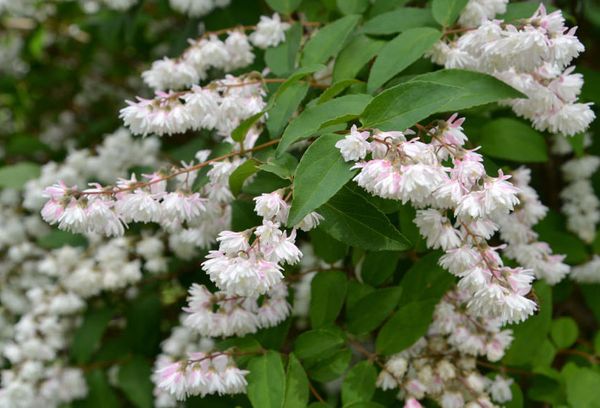
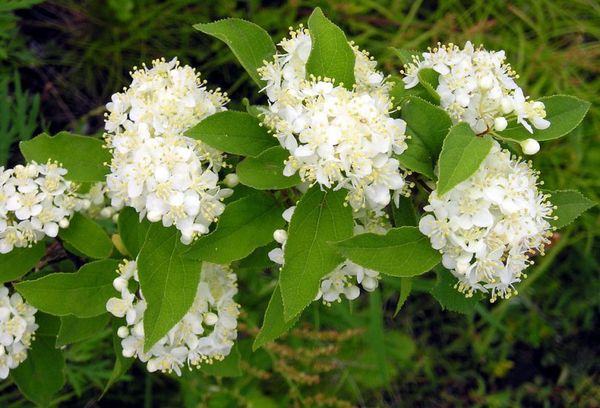
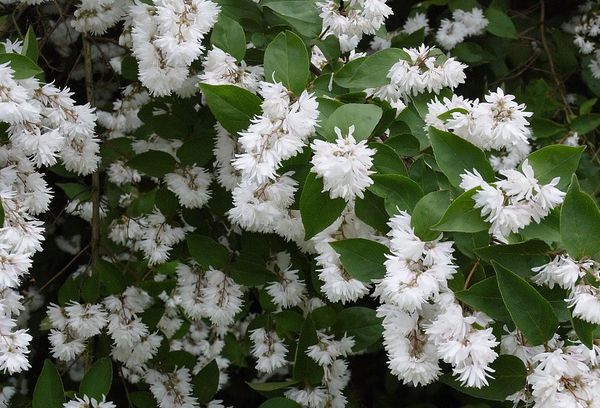
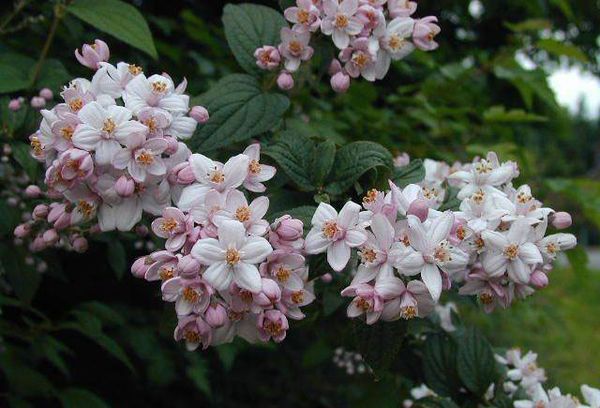

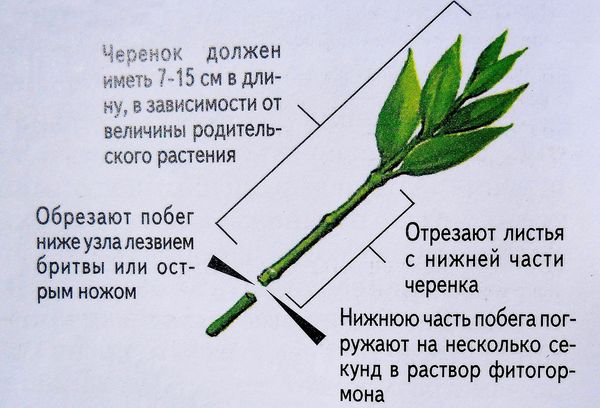

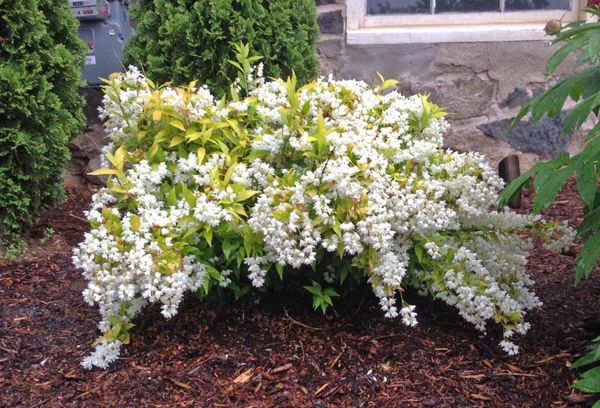
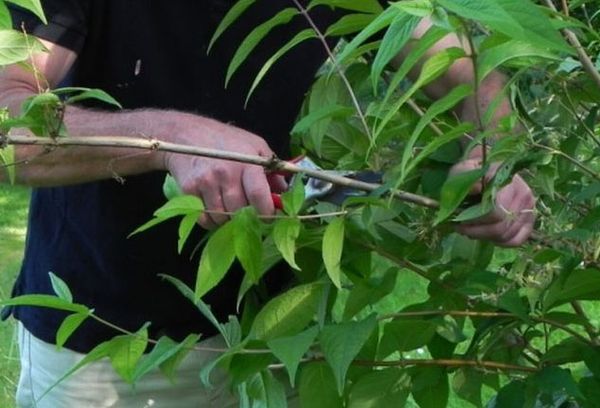
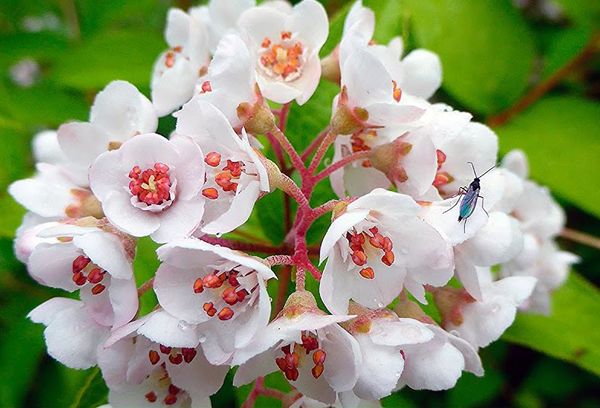
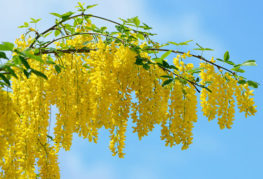
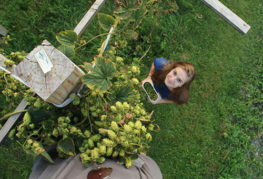
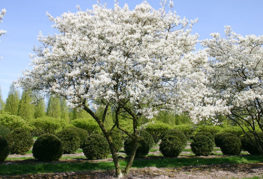

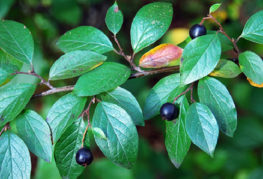
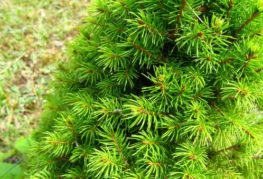
and will be published shortly.